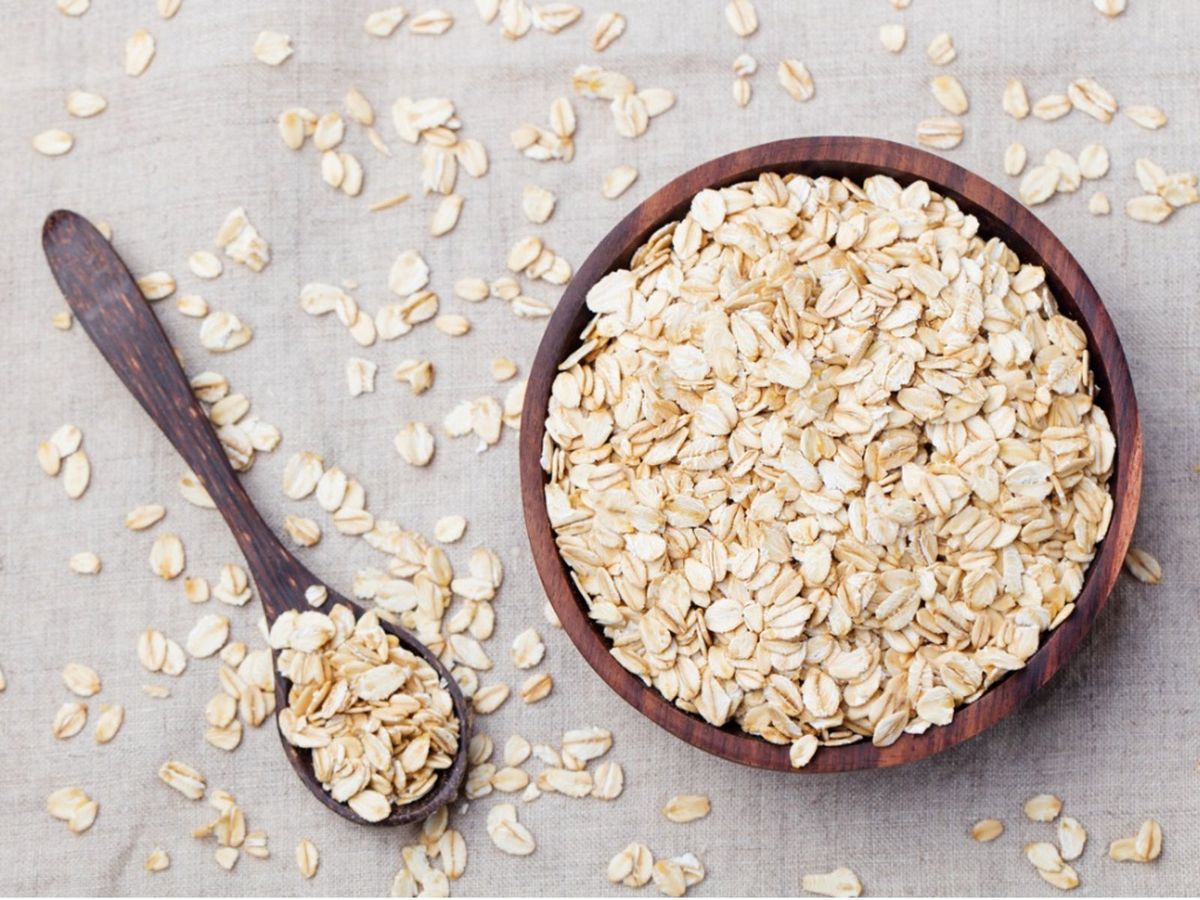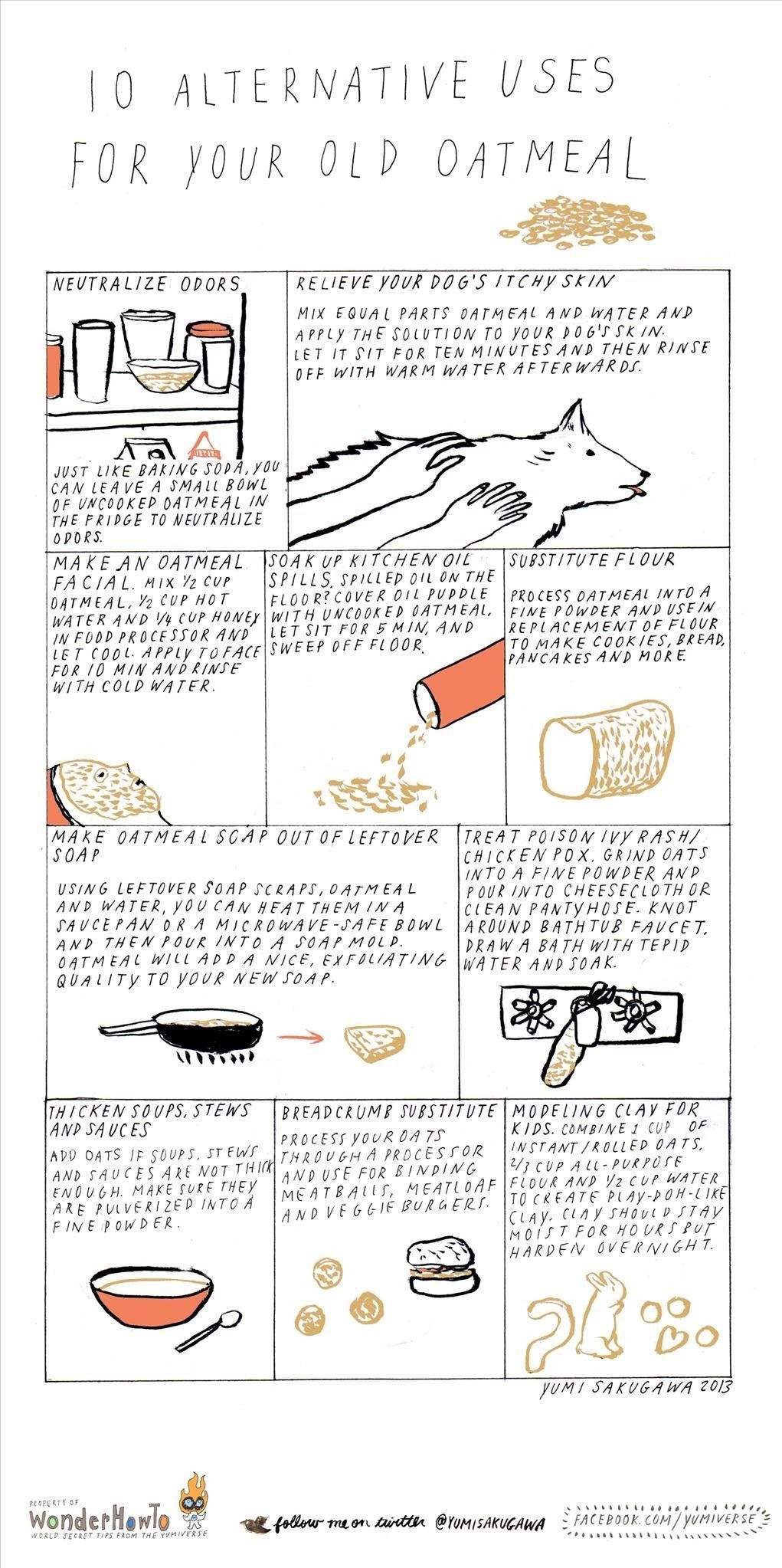The following is from a blog post I wrote last year. In addition to these ideas, one reader commented that flour worked well on grasshoppers and beetles in the garden. I've never had trouble with either, so I can't comment on that.
What to Do with Flour Gone Bad
I wouldn't say that having some flour go bad is bound to happen, but I think the possibility is there, whether it's due to bugs or developing an off taste. Of course, there's nothing wrong with eating weevils, but most of us have a certain aversion to it. In years past our grandmothers simply sifted them out.
However, if you're thinking the flour may have an off taste or gone a bit rancid, but you can't quite tell by sniffing, taste test a little bit on your tongue. If it's bad, you'll know. If it's just starting to go bad, you
might know. A couple of years back, I came across a bucket of eight-year-old flour that got "lost" in storage. Five of us could not detect anything wrong with it no matter what I made with it. But the Queen of the Picky Eaters knew every single time. (We got a fresh bag from the store just to test her. Maybe she really does have more sensitive taste buds.)
If your flour has a metallic odor to it from being stored in metal cans, try airing it out for a day or two. Just pour it into a large bowl and leave it in the kitchen. Give one or two stirs with a spoon when you walk by. In many cases that will alleviate the odor.
But if none of the above fix your problem, all is not necessarily lost. There are still some uses for flour gone bad. All of these recipes come from a book I wrote many years ago, in another life.
Dog Biscuits
Although it's best to use whole wheat flour, in a long-term disaster we may not have a lot of options. These treats actually smell really good.
2 1/2 cups flour
1 egg
6 tablespoons bacon grease
1/2 cup dry milk
1 teaspoon brown sugar
1/2 teaspoon garlic powder
1/2 teaspoon salt
1/2 cup cold water
In a large bowl, knead together all the ingredients, then roll the dough out 1/4-inch thick. Model bone-shaped treats, use cookie cutters, or simply cut into squares with a a knife. Place the treats on an ungreased cookie sheet and bake at 350 degrees for 30 minutes.
Bread Dough
Crafting with bread dough, also known as salt dough, was a thing back in the early 1970s. As I recall, there were a lot of Christmas ornaments and a few bread dough bread baskets. Unfortunately, this dough requires a lot of salt, but if you've got an excess of salt and time to kill and bad flour, well, bread dough might work for you.
1/4 cup salt
1/2 cup boiling water
1 cup flour
1/4 teaspoon vegetable oil
food coloring (optional)
Add the salt to the boiling water in a medium bowl. Then add the remaining ingredients stir really well. When cooled down to a comfortable temperature, knead the dough to the desired consistency. Add the food coloring, if desired. Keep the dough wrapped in plastic when not in use. When modeling objects, keep a bowl of water nearby to moisten the dough and to smooth and attach parts. Bake at 300 degrees for 45 to 60 minutes.
Play Dough
This would probably be my favorite use for flour gone bad, assuming I were to be blessed with grandchildren. This play dough is just like store-bought, nice and smooth. It even smells like it. The best color comes from using professional cake decorating food coloring. (Maybe I should get a small, brand new set of it for TEOTWAWKI and grandchildren. Just to be prepared.)
1 cup boiling water
1/2 cup salt
1 cup flour
1 tablespoon alum (optional, acts as a preservative)
1 tablespoon vegetable oil
Remove boiling water from the stove and add the salt. In a medium bowl, mix the next three ingredients together, then add the salted water. When the dough is cool enough to handle comfortably, knead it until smooth, adding more flour if necessary. Divide the dough and knead in food coloring. This play dough lasts for months in airtight containers. If it dries out, add warm water a few drops at a time and knead the dough until it is pliable. To save your creations, simply allow them to air dry for a few days.
Paste
Most younger children have probably never used paste for sticking papers together, but in the past it was what all the little kids had to use before they graduated up to glue bottles. (Yes, kids, this was in the days before glue sticks.) Anyway, for you older folks, this paste smells just like the stuff we used as little kids. It will work great for wallpapering the bathroom with worthless FRNs.
2 tablespoons flour
2 tablespoons sugar
2 tablespoons water
1/2 teaspoon alum (optional--acts as a preservative)
3/4 cup water
Mix the flour, sugar, 2 tablespoons water, and alum, if desired, in a small bowl until completely smooth. Bring the 3/4 cup water to a boil in a small saucepan, and add the contents of the bowl. Reduce the heat to medium and cook for 10-15 minutes, stirring frequently. Cool the paste and place it in an airtight container. This paste will last a few weeks if kept cool (ideally, in the refrigerator, but, I know... that may not be an option).
Links to related posts:
Flour
Peanut Butter Play Dough
For further information:
Jennifer Rader,
The Rainy Day Activity Book, 1996.




